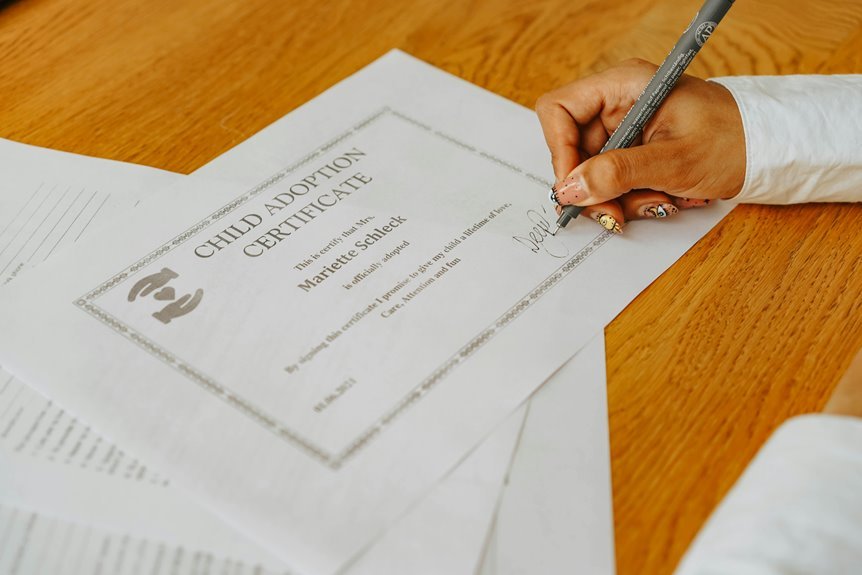The Caller Identity Oversight Response Verification Agency plays a pivotal role in ensuring the reliability of caller identification systems. Its implementation of stringent verification processes addresses the escalating challenges posed by phone scams. As fraudulent calls become increasingly sophisticated, understanding the agency’s approach is critical for consumers and businesses alike. The implications of these developments raise questions about the effectiveness of current protective measures and the future of telecommunications security.
The Role of the Caller Identity Oversight Response Verification Agency
The Caller Identity Oversight Response Verification Agency (CIORVA) plays a crucial role in ensuring the integrity and authenticity of caller identification systems.
By enforcing standards for caller authentication, CIORVA aids in regulatory compliance, thereby safeguarding consumers from fraudulent practices.
This agency’s oversight promotes transparency and fosters trust in telecommunications, ultimately empowering individuals to engage freely without fear of deception or identity misrepresentation.
Understanding the Verification Process for Phone Calls
While the complexity of modern telecommunications systems continues to increase, understanding the verification process for phone calls is essential for ensuring caller authenticity.
Various verification methods, including caller ID authentication and encryption protocols, play a crucial role in establishing trust. These methods mitigate risks associated with fraudulent calls, thereby empowering individuals and organizations to engage in secure communications, preserving their freedom from deceptive practices.
Impact of Phone Scams on Consumers and Businesses
Vulnerability to phone scams poses significant challenges for both consumers and businesses, affecting their financial security and trust in communication technologies.
The prevalence of such scams leads to substantial financial losses, eroding consumer trust and damaging brand reputations.
As consumers become increasingly wary, businesses face the dual threat of diminished sales and increased scrutiny, necessitating robust strategies to rebuild confidence and mitigate risks.
How to Protect Yourself From Phone Fraud
How can individuals effectively safeguard themselves against the rising threat of phone fraud?
Implementing caller education initiatives is essential for enhancing awareness of potential scams. Techniques such as verifying caller identities and utilizing call-blocking technology contribute significantly to fraud prevention.
Conclusion
In conclusion, the Caller Identity Oversight Response Verification Agency stands as a bulwark against the tsunami of phone scams, employing advanced verification techniques to safeguard consumer trust. By establishing stringent standards, the agency not only protects individuals but also fortifies businesses against financial deceit. As phone fraud continues to evolve, the agency’s efforts are paramount in creating a secure telecommunications environment, empowering users to communicate with confidence and dismantling the pervasive threat of fraudulent calls.





